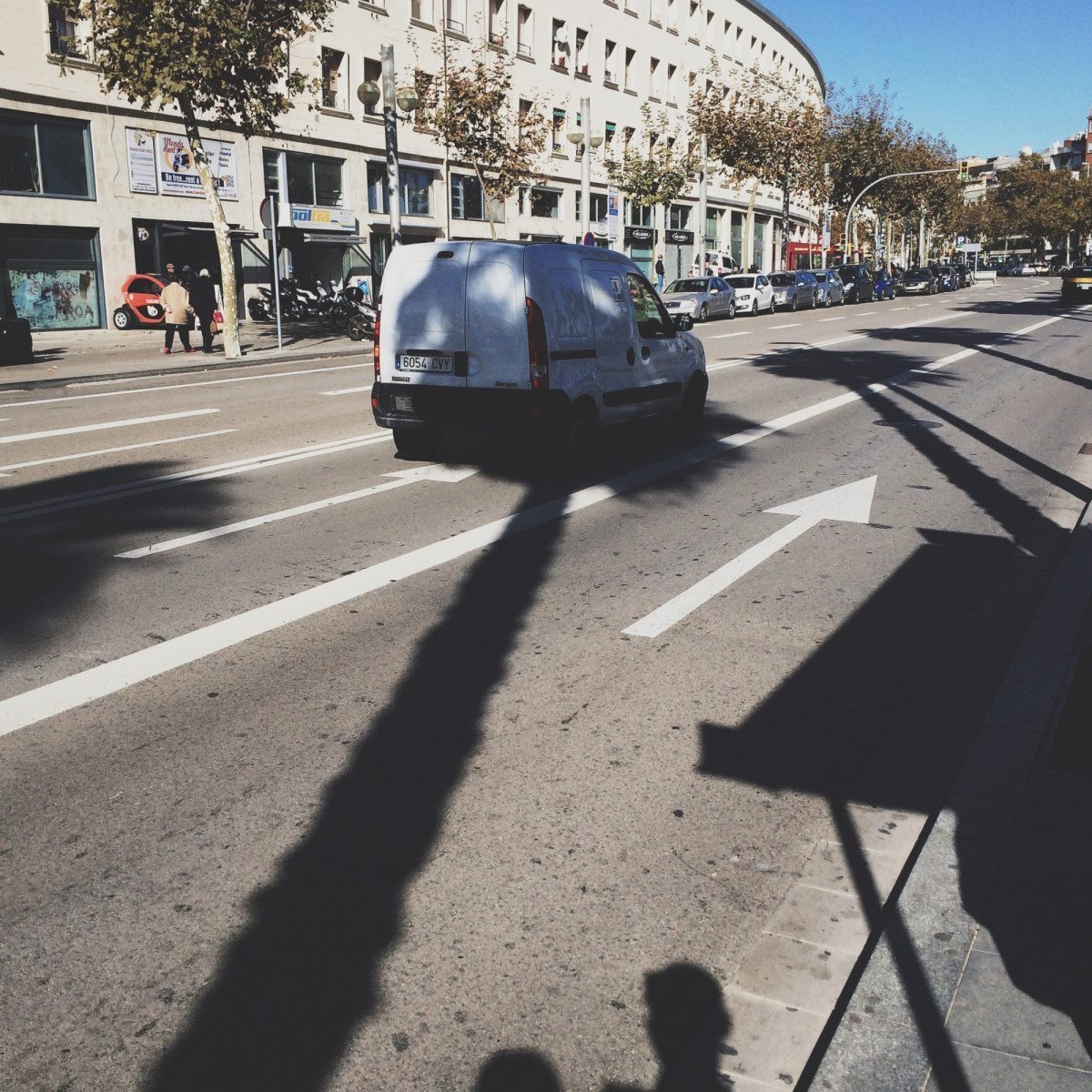Have you ever been in the midst of capturing a flawless sunset when an outraged passerby accosted you, mortified that they might end up in your shot? It’s happened to me more times than I can count. It’s a scenario that plunges me into a moral whirlpool: Where is the line between infringing privacy and exercising the right to photograph?
Now, each country’s laws differ – that’s a given. But this head-scratcher persists and gnaws at the ethical core of all photographers, regardless of their longitude and latitude. It begs the question – have we become voyeurs cloaked under the guise of creativity, silently eroding the divide between public and private?
Scanning the legal landscape
Recognizing the sensitive nature of this topic, laws have sprung up worldwide to define the legalities around photography in public places. While photographers often showcase the world in unique ways, it’s essential to know where to draw the line. Case in point, the buzz around architectural photography ethics highlights the need for alacrity in understanding legal restrictions and the importance of respecting intellectual property rights.
Modeling responsibility: consent and the camera
But let’s circle back to people – the very core of the matter. A barrel lens pointed at individuals can feel intimidating, invasive even. And here, consent becomes paramount in photography ethics. Do you ask permission before you click that button, or is it snap first, ask later? Well, this debate can churn up a storm of opinions. In my humble opinion, always ask.
Moreover, your responsibility as a photographer doesn’t end with capturing an image. There’s the whole murky area of post-processing to navigate, where it’s simpler than you think to misrepresent reality. Editing tools in the wrong hands could lead to a troubling culture of misinformation.
To Photoshop, or not to Photoshop
Just because we have the technology to transform a dreary day into a radiant summer afternoon, should we? Eagerly treading the line between enhancing an image and fabricating an alternative reality can tilt the ethical scales.
“But the audience expects perfection!”, some retort. This leads us further down the rabbit hole of authenticity versus aesthetics…
The Scuffle: Authenticity vs. Aesthetics
True, eye-catching visuals are instrumental in piquing interest, sometimes even a necessity in certain niches of photojournalism or fashion photography. Nevertheless, the all-out quest for the flawless photo has replaced the raw beauty of authenticity, and the repercussions are sobering. From warped body ideals to misrepresenting cultures and landscapes, the excessive dalliances with photo editing software can inadvertently feed a culture of comparison and negativity.
As photographers, the decision to retouch or modify should be underpinned by an ethical radar. Do you choose the allure of an aesthetically pleasing image, even if it means risking an integrity dent, or do you favor authenticity, warts and all?
Reflecting on Ethical Tangles
Crossing moral boundaries under the veil of artistry isn’t new, but increased public scrutiny means photographers can no longer turn a blind eye to questionable practices. After all, isn’t it our job to tell stories, not sell illusions?
So, what’s your clicked click: Savvy and suave, yet far from truth, or candid shots echoing the poetry of reality?


0 Comment